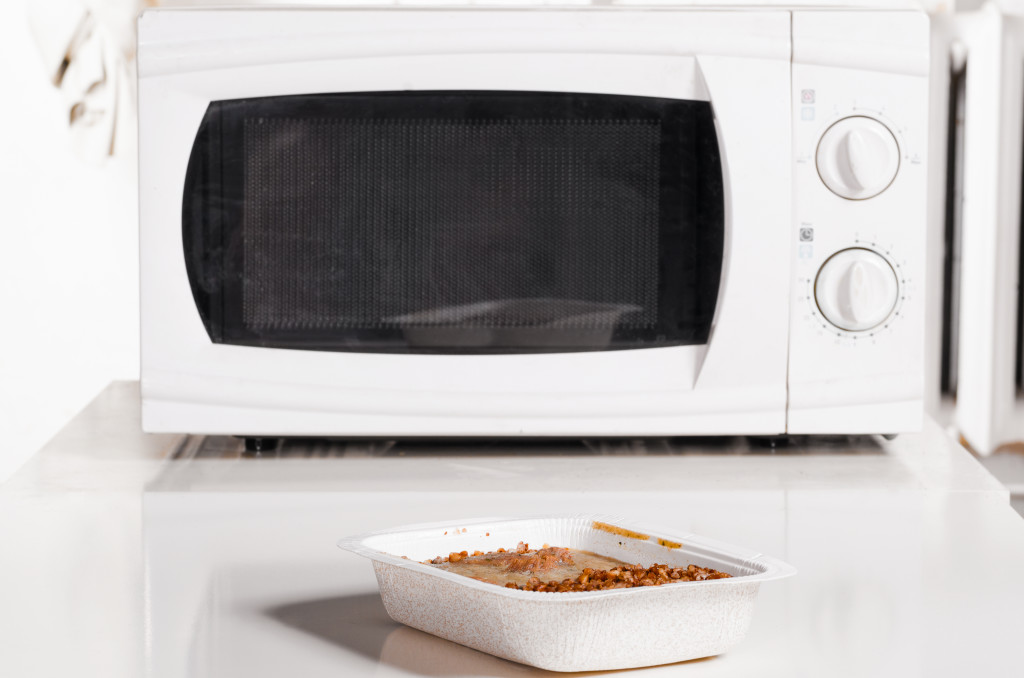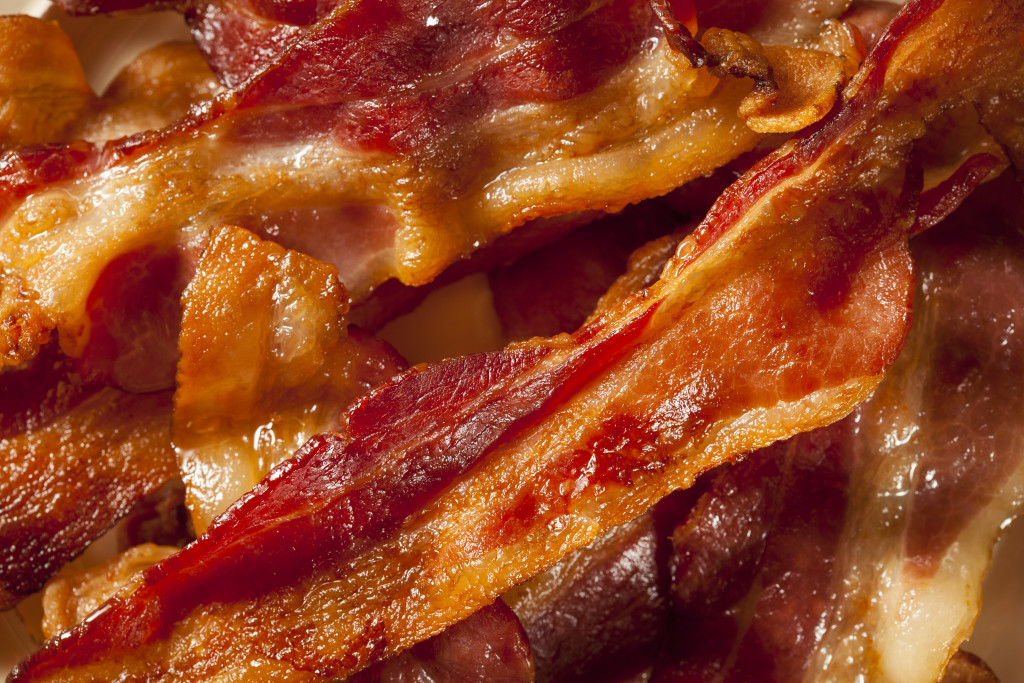Did They Really Write That? Five of the Worst Science Headlines of 2015

One of our goals at the Center for Accountability in Science is to point out egregious examples of sensationalist health and science reporting and put those stories in context based on the weight of scientific evidence. In 2015, there were numerous times the media exaggerated scientific findings to needlessly worry consumers. We picked our top five below and explained how the media got the story wrong.
- “Beards are Covered in Poop: Study” Huffington Post
The Huffington Post was hardly the only media outlet to report on this “study.” Essentially, a local TV station got a few guys to let them swab their beards, they sent the swabs to a lab, and the lab found several of the beards contained the same kind of bacteria that’s often found in bathrooms. This isn’t a peer-reviewed study with significant sample size or a clear methodology—and it didn’t actually find beards contained poop! In reality, everything is covered in bacteria and that bacteria is essential to our health.
- “Microwaving food in plastic linked to diabetes, other problems: study” NY Daily News
This headline is based off a study that neither looked at microwaving plastics nor found any link between plastics and diabetes. Instead, the study showed that children who had the highest level of phthalates (a class of chemicals used to make many plastics flexible) in their urine had slightly higher blood pressure and insulin resistance. The authors of the study were clear their research didn’t show eating foods packaged in plastic caused any health problems in children. Rather, they noted: “insulin-resistant children have unhealthy eating behaviors including more packaged food consumption, and thus have higher urinary levels” of phthalates. Unfortunately, all those details were lost on readers who just saw the NY Daily News’ grossly inaccurate headline.
- “Climate Change is Literally a Boner Killer” Inverse We had a hard time picking our favorite headline with gems such as “Mother Nature: Just one Giant Cock Block,” “Climate Change Kills the Mood: Economists Warn of Less Sex,” and “Is Climate Change a Sex Downer?” The study that spawned these headlines found a link between higher temperatures and “lower coital frequency” (less sex). They looked at the number of “hot days” and then looked at the birthrate in that area 9 months later. Using that data and projected climate models, they predicted a 2.6 percent decline in the U.S. birthrate by 2100. Yet the study failed to look at the many other reasons why the American birthrate is falling—including socioeconomic factors—and failed to actually prove hotter days caused individuals to forgo sex (after all the top 10 countries with the hottest climates are in Africa, the hottest continent). It’s no surprised the media jumped on the opportunity to write racy headlines, but there’s not much evidence climate change will actually prove to be a “boner killer.”
- “Bacon, Ham, Sausage as Dangerous as Smoking: Report” Newsmax Is eating meat really as dangerous as smoking cigarettes? If you saw many of the headlines following the release of a November report from the World Health Organization, you might think enjoying a few strips of bacon at brunch is as bad for your health as smoking a pack a day. However, the WHO didn’t say processed meat poses the same risk to your health as smoking—the organization’s report simply said the evidence linking cancer and processed meat is as strong as the evidence linking smoking and cancer. Even that finding is controversial: the decision by the WHO to list processed meats as a “known carcinogen” wasn’t unanimous.Overall, your risk of developing cancer from meat is very small. About 5 percent of all people – and about 6 percent of those who eat the highest amounts of processed and red meats – will develop colorectal cancer at some point in their lives. Eating the occasional breakfast of sausage or bacon isn’t going to have a profound effect on your absolute risk of contracting cancer.
- “How Nail Polish Makes You Fat.” KTRH News RadioNumerous women’s health and fashion publications and mainstream news sites reported on a study from Duke University and the Environmental Working Group which found when a small sample of women applied nail polish to their fingernails, they had higher levels of a chemical (triphenyl phosphate or TPHP) in their urine. The study didn’t look at what health effects TPHP might have on these women, just that it was present in their bodies after painting their nails.
While TPHP has been linked to health problems when given to animals in high doses, no studies have shown the chemical causes negative health effects in humans. The new Duke study certainly doesn’t suggest that nail polish is linked to weight gain.









